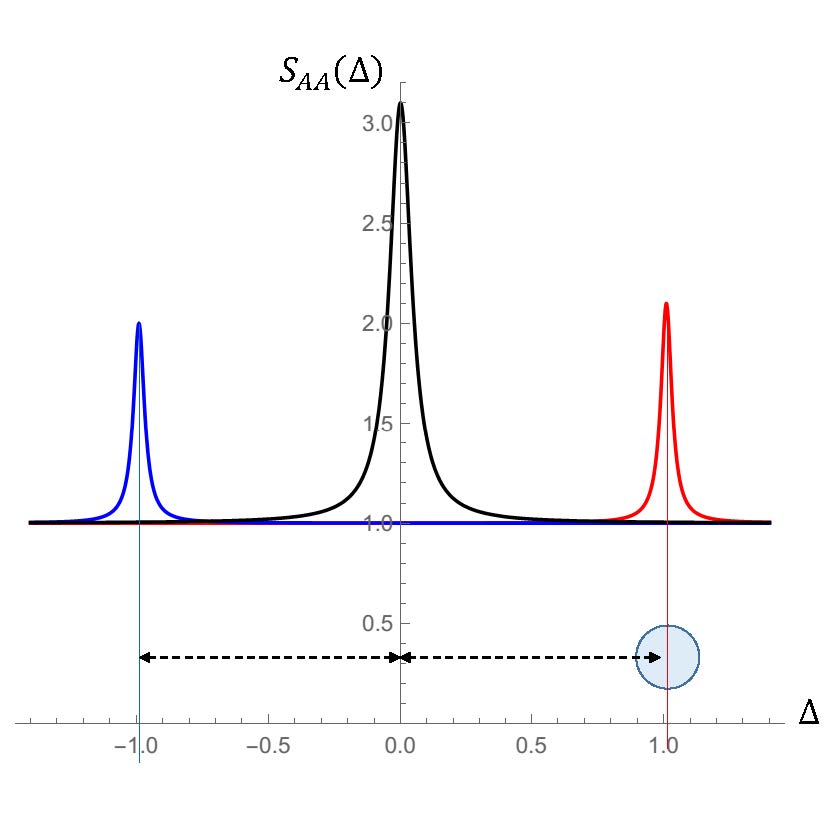SFB 767 Seminar: Side-Band Inequivalence: The Unexpected Symmetry Breaking
Time
Wednesday, 21. November 2018
13:30 - 14:30
Location
P 912
Organizer
E. Weig, 3770
Speaker:
Prof. Dr. Sina Khorasani, VCQ, University of Vienna (A)
The nonlinearity of optomechanical interaction causes scattering of incident photons from the cavity unto either red- or blue-shifted photons through annihilation or generation of a cavity phonon, giving rise to the first-order mechanical side-bands. While both time-reversal symmetry and energy conservation are fundamentally preserved in this scattering process, a nonlinear analysis of quantum optomechanics using the recently developed method of higher-order operators [1] necessitates a slight difference among detunings of blue and red-scattered photons, the amount of which was initially found to increase roughly proportional to the intracavity photon number ñ . Surprisingly enough, this disagreement referred to as the Side-band Inequivalence does not violate the energy conservation law, actually allowed by the finite cavity linewidth as well as the single-photon/single-phonon nature of the process involved.
Among the pool of available experimental data, only a handful of side-band resolved cavities reveal this disagreement [1]. Some initial trial experiments recently done at extremely high intracavity photon numbers ñ , and/or extremely large single-photon optomechanical interaction rates g0, though, failed to demonstrate its existence. This may raise the speculation that whether side-band inequivalence would have been merely a mathematical artifact, or something has been missing due to not doing the operator analysis to the highest-order.
A careful analysis of this phenomenon confirms the latter, thus classifying the quantum optomechanical interaction into three distinct regimes with different behaviors:
1. Fully Linear (lowest-order analysis; first-order operators),
2. Weakly Nonlinear (requires higher-order analysis; second order operators)
3. Strongly Nonlinear (requires highest-order analysis; third order operators).
Side-band Inequivalence is essentially forbidden in the fully linear regime, and it also quickly fades away in the strongly nonlinear regime. But it may only happen in the weakly nonlinear regime. This is now also confirmed both by the higher-order operator method and extensive calculations. It typically does not exceed one part in million to one part in ten thousand, and therefore, it is a very delicate phenomenon and elusive to observe.
[1] S. Khorasani, Scientific Reports 8, 11566 (2018).

